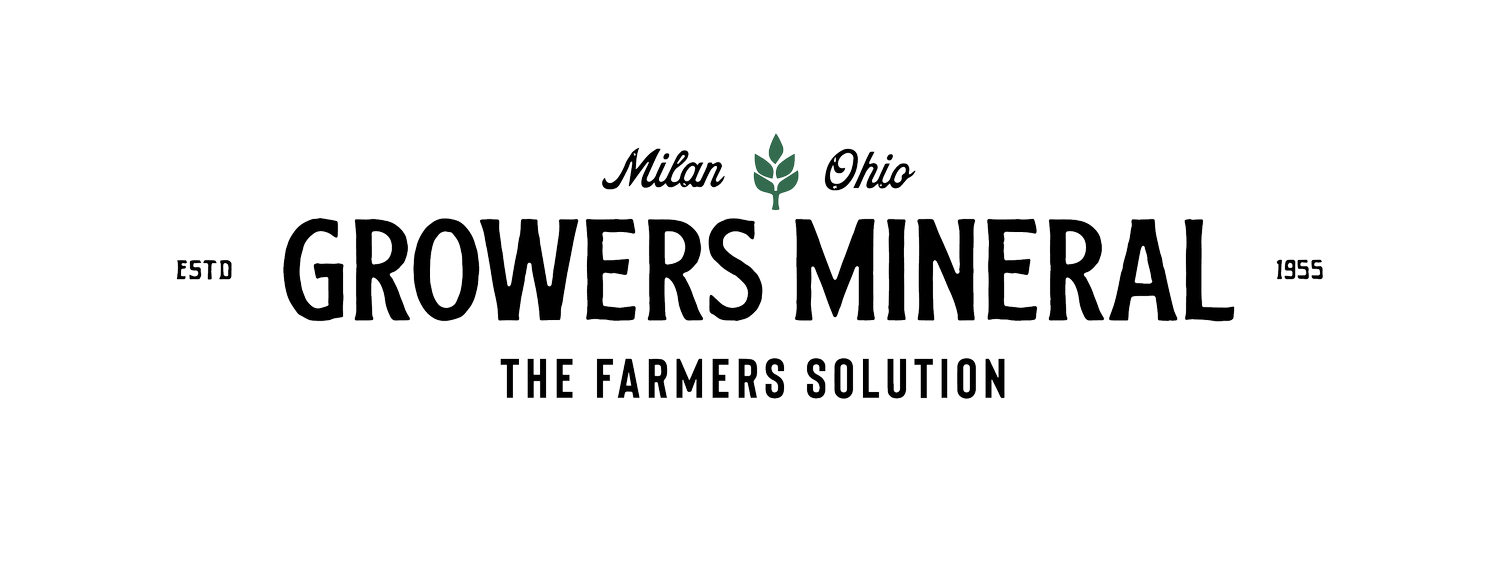What Lays Ahead in 2023? (Or, Where Did I Put My Crystal Ball?)
Jim Halbeisen asked that we discuss the pricing situation on GMS this year and where we feel it may head leading into next year. In addition, he asked that we give our thoughts about where we feel prices in agriculture are going to head. To best do that, we will need to get out our crystal ball and polish it off a bit. To be fair, we will only need the crystal ball when we want to talk about pricing in agriculture.
Let's start with agriculture prices in general. It seems that the consensus is that prices across the board will either stay where they are or go up. Inflation may become a big issue (will go up) as will supply (or lack thereof) of almost everything. Overseas transport pricing may soften a bit, but it looks like domestic transport may continue to be an even bigger problem. Situations in getting raw materials from non-US sources will continue to be an issue both in terms of supply and availability and transport.
I think we are all realizing that agriculture is not just a local or national issue, but a global issue. There are so many factors outside of our control that play a part. Our feeling was, and continues to be, to control those things that you can, be open to learning as much as you can, and realize that we are all working together to create the best world we can.
The pricing on GMS for the future may be a bit clearer, although there may be some guesswork involved in coming up with what direction we think our prices will head. Our pricing model for GMS is based on looking at the actual costs involved in making, delivering, and selling GMS. To those costs, we add a reasonable return on our investment and set our prices accordingly. We don't pay a lot of attention to supply and demand as a rationale in setting our prices. Taking that course of action this year could have given us a much higher return on our investment, but we like the idea of being consistent with our business model, especially if that supports our customers. (The price of GMS is up approximately 60% over a year ago. Many other input costs have gone up over 150% over the same time.)
The main costs involved in GMS involve the high quality raw materials that are used in making it, and the transportation costs both from our supplier to us and from us to our customer.
For the raw materials that we use in making GMS, this has been a challenging year both in terms of getting the best pricing and consistent Supply. Fortunately, adequate inventory of GMS in storage throughout our sales area has allowed us to supply all our customers' orders in a timely manner. That is the advantage of having a product that will stay consistent and in-solution almost indefinitely.
We are seeing a bit of softening in the transport costs for some of these raw materials, and have found slightly lower pricing on one of the raw materials. Unfortunately, some of the pricing of the other raw materials we use looks like they are trending up. Fortunately, it also looks like there will be a consistent supply.
Our plan for this year is to have a consistent supply of GMS available. The advantage of a highly efficient product (90% utilized by the crop) that can be applied when and where it is needed was a unique benefit of our product when it was developed. Those same attributes make our product not only unique but an extraordinary value because it represents having a strong return on the investment of costs involved in plant nutrition.
Our best estimate is that the price of GMS will tend to trend up this year, but we are confident in the supply available for our customers. We will continue to provide weekly updates in terms of overall supply, and daily updates in the pricing of GMS.
"People who say that it cannot be done should not interrupt those who are doing it.” -George Bernard Shaw
This is an excerpt from the Summer Growers Solution (2022) written by Rick Bobel, President & CEO.
Signup for our newsletter to stay in the loop
